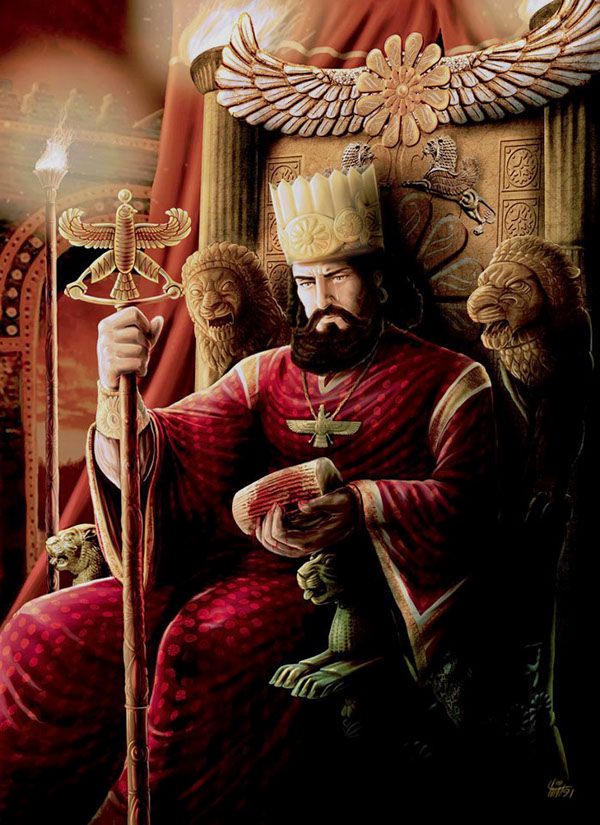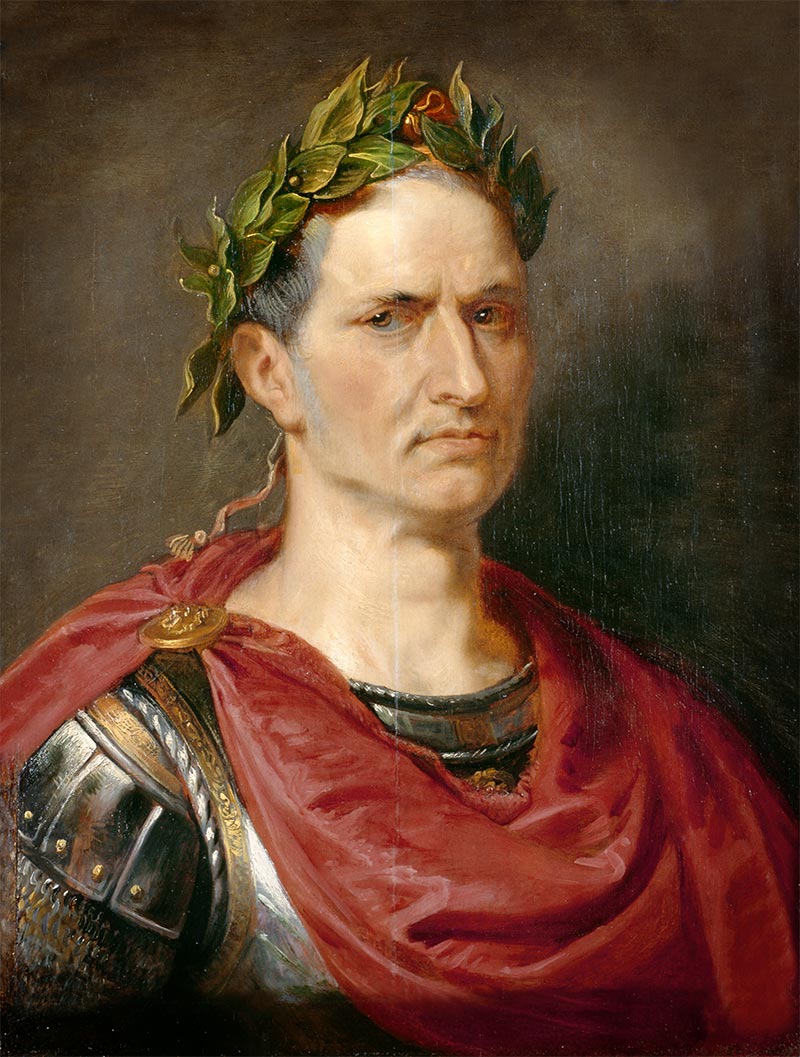Strategic Leadership Analysis
Tokugawa archetypes prefer predictable systems over headline heroics. You craft layered checks and balances, monitor threats quietly, and invest in prosperity that pays off over generations.
Strengths
- Designs resilient systems that minimize conflict
- Balances rival powers through meticulous checks
- Invests in long-term prosperity over flashy victories
- Elevates bureaucracy and discipline to maintain order
- Reads threats early and neutralizes quietly
Pressure Points
- Rigid structures can slow innovation
- Controlled isolation risks missing global shifts
- Micromanaged hierarchies may stifle creativity
- Succession requires constant monitoring
- Needs periodic reform to prevent stagnation
Relationship Operating System
Partners who champion innovation and external awareness keep your systems adaptive.
Deployment Zones
Risk management, regulatory strategy, enterprise PMO, security architecture, national policy planning
Leadership Lessons to Apply Today
Build safe sandboxes for experimentation so stability evolves with the world.



